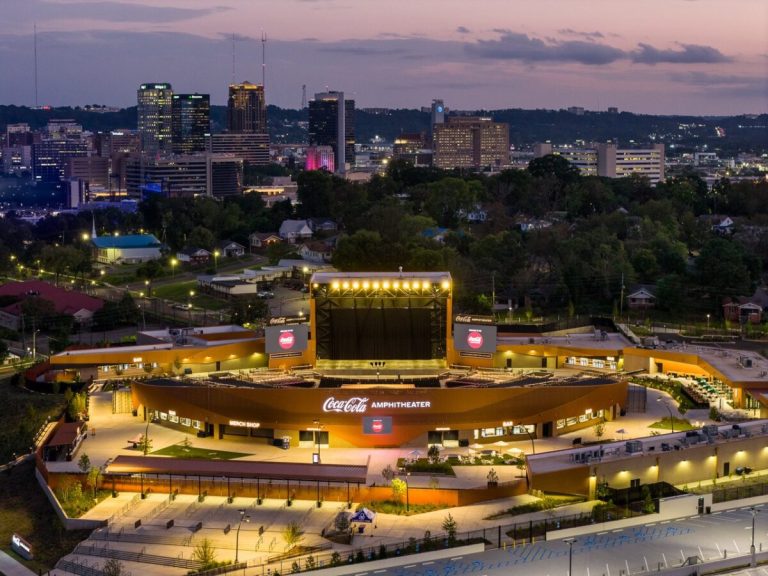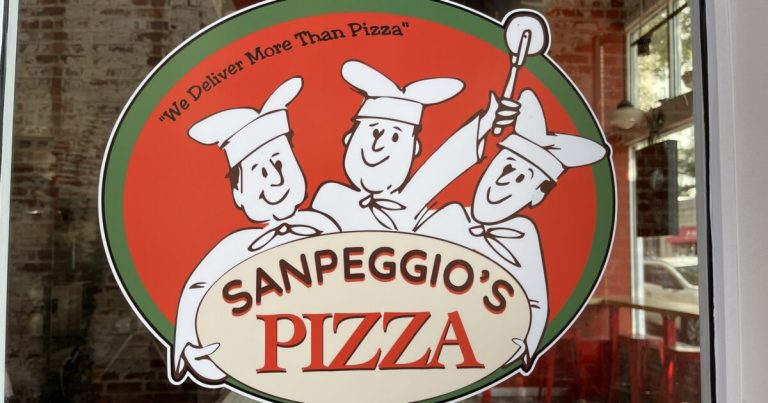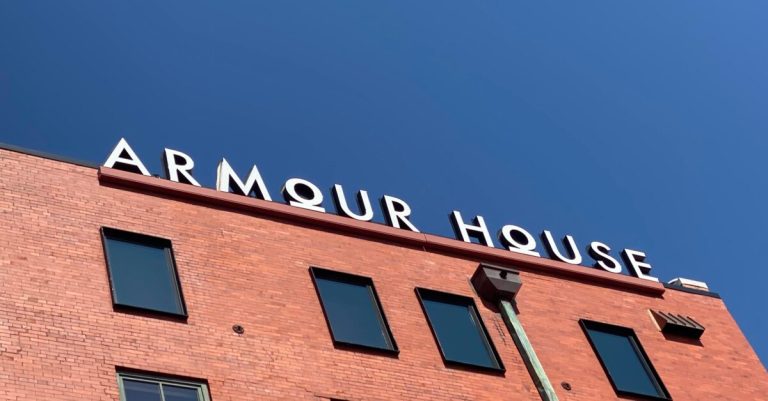4 top priorities of Urban Land Institute of Alabama and why you need to join ASAP to make Birmingham better
Reading time: 6 minutes
Sponsored

Ever heard of the Urban Land Institute of Alabama? It’s the ‘newish’ local chapter of an international research and education nonprofit. They’re all about providing “leadership in the responsible use of land and in creating and sustaining thriving communities worldwide.” That’s a mouthful!
What does this mean for Birmingham? We’re so glad you asked. We’ll tell you all that and more, plus why you really need to join in January. Doesn’t matter if you’re a real estate professional, a downtown dweller, or someone who just wants to make Birmingham a better place for all of us.
So what is the Urban Land Institute of Alabama, exactly?

The Urban Land Institute, also known as ULI, is the oldest and largest network of cross-disciplinary real estate and land use experts in the world.
Cathy Sloss Jones, Chair of the Alabama chapter of ULI and President of Sloss Real Estate, put it this way: “Our goal is to help Birmingham become a vibrant, equitable, and healthy city.”
Who doesn’t want that?
ULI Alabama wants to open its doors wide to all who share this vision. If this sounds like you, click here to find out rates and join.
Who’s involved in the Urban Land Institute of Alabama?

This growing group includes local leaders in urban design and real estate, as well as others who’d like to build lifelong business relationships. It’s a great place for anyone who wants to learn the latest trends in urban design and community building from state, regional, and national experts.
Urban Land Institute of Alabama: 4 things they love about Birmingham
Urban Land Institute of Alabama helps connect the dots, knitting together the fabric of our city and its surrounding areas in new ways. Here’s how:
1. Bird’s eye view: building a beloved community

In June 2018, ULI Alabama held an inspiring quarterly meeting at UAB. Tim Keane, Atlanta’s Commissioner of Planning, was the keynote speaker. As such, he sparked a healthy conversation…about aspiring to be what Martin Luther King, Jr. called a “beloved community.”
From the The Atlanta City Design: Aspiring to the Beloved Community:
“As early as 1957, Dr. King described the outcome of the Movement and its highest aspiration in terms aimed not at political or economic power, but at the life of communities built on human decency and nonviolence. He said ‘the end is reconciliation; the end is redemption . . . the aftermath of nonviolence is the creation of the beloved community’ (Justice without Violence, 1957).”
Next, Keane described Atlanta’s efforts, “by aspiring to be a beloved community, Atlanta has discovered a way to talk about goals: equity (justice), dreams and opportunity, and access and nature.”
Finally, Becky Carpenter of ULI Alabama added, “We can learn from the Beloved Community model and the work Atlanta is doing, and be thoughtful and engaged as Birmingham continues to grow.”
2. Boots on the ground: improving transit and walkability

The explosive development occurring in downtown Birmingham has made the city more walkable. It’s not just locals who think so, either. In fact, at the March 2018 ULI Southern States Exchange meeting, held in Birmingham, Christopher Coes, VP at Smart Growth America and a leading expert of transportation and walkable communities declared, “Birmingham can be one of the most walkable cities in the South.”
Cathy Sloss Jones, Chair of the ULI-Alabama, summed up the significance of Coes’ comments about Birmingham’s emergence as a walkable city.
“Chris works in cities across the country to make them more walkable, vibrant, and sustainable. When he says Birmingham can be the most walkable city in the South—that’s saying something.”
Want to get involved? Click here to join.
3. Adaptive re-use: transforming old buildings and areas into cool new spaces

The list of urban revitalization projects that meet ULI’s mission reads like a Top 10 list of most awesome buildings and spaces in Birmingham: the Loft District, Pepper Place, Railroad Park, Innovation Depot . . . the list goes on.

Cheryl Morgan, former head of Auburn University’s Urban Studio and ULI Alabama member told Bham Now in October 2018 that “Pepper Place, located at the old Dr. Pepper Bottling Company, transformed the Lakeview District. Before the creation of Pepper Place, in the late 80s, that particular area of the city was filled with light industry, manufacturing, and automotive services. The conversion of the old bottling company and the Martin Biscuit buildings, by Sloss Real Estate, gave focus to an emerging design district that could attract restaurants and niche retail.”
And that’s just one example of numerous heavy-hitting projects throughout the city.
4. Everything old is new again: celebrating the city’s treasures

Morgan also celebrated Birmingham’s renovation and re-use of both the Alabama and Lyric Theatres. “Both of these are showpieces. They are great examples of a time in our city when we invested in and built great buildings. Reinvestment in that heritage and quality building is something to be proud of. We owe a huge debt of gratitude to Birmingham Landmarks and Cecil Whitmire for saving the Alabama with a care and integrity that carried over to the exquisite restoration of the Lyric.”
Morgan went on to state that “the recent remarkable fundraising effort that led to the restoration of the Lyric Theatre was one of those times in our city when everyone had such pride in the fact that ‘we could do it.’ And we had another reason to believe that our downtown could be the vibrant, active, peopled place that we admire in other great cities.”
Join in January and Save 10%
If you want to be a part of creating Birmingham’s future, join ULI Alabama today at 10% off (hurry – the discount is good through the end of January). There is no better way to learn about the latest trends, make connections with decision makers, and help transform Birmingham and Alabama into the best community it can be.
Find membership rates and join here. Use promo code SAVE10 through the end of January.
Sponsored by:




